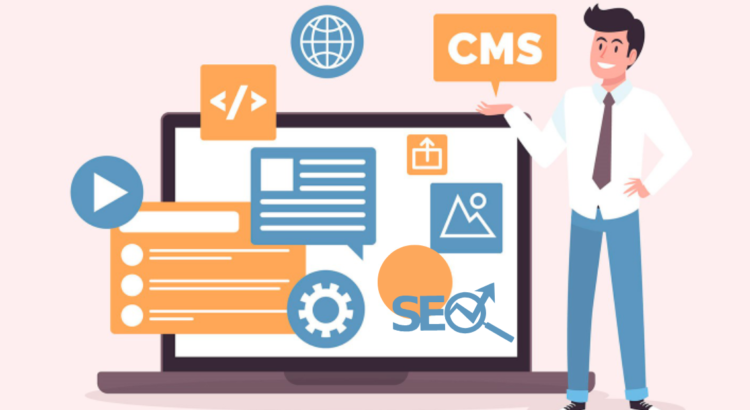Customer experience (CX) has been undergoing a massive transformation over the past decade, driven largely by advancements in artificial intelligence. From simple scripted chat windows to intelligent, autonomous decision-making digital assistants, the shift is undeniable. Businesses that once relied on traditional chatbots are now embracing advanced AI Agents to deliver faster, more personalized, and more meaningful customer interactions.
At Razorse, we’ve witnessed this evolution firsthand while helping brands integrate next-generation AI solutions. But what exactly makes AI Agents so different from chatbots-and why are they becoming the new standard for customer engagement? Let’s break it down.
From Chatbots to AI Agents: Understanding the Shift
1. Traditional Chatbots: The Rule-Based Responders
When chatbots first became popular, they were seen as a promising solution to reduce customer service workload. However, most early chatbots relied heavily on predefined scripts, keyword matching, or basic branching logic.
While useful for frequently asked questions-like order tracking, store hours, or payment instructions-they struggled when a customer asked something unexpected or phrased in an unusual way. Their limitations included:
- Inability to understand context
- Rigid, repetitive replies
- Dependency on manual scripts
- Minimal personalization
- Escalations to human agents for anything complex
Traditional chatbots excel at speed, but not sophistication. As customer expectations grew, businesses needed something more intelligent-something capable of handling the nuances of real human conversation.
2. AI Agents: The Autonomous, Context-Aware Problem Solvers
AI Agents represent a new generation of intelligent systems powered by advanced machine learning, generative AI, and autonomous workflows. Rather than simply responding to messages, AI Agents can take actions, reason, adapt, and learn from interactions.
What sets AI Agents apart?
Contextual Understanding
AI Agents don’t just match keywords-they interpret intent, tone, and context. They can follow long, multi-step conversations without losing track.
Autonomous Task Execution
They can do more than answer questions. AI Agents can perform tasks such as:
- Filling out forms
- Making bookings
- Updating customer records
- Troubleshooting issues
- Integrating with CRM or ERP systems
This makes them true digital workers rather than simple responders.
Continuous Learning
AI Agents improve over time as they process more conversations, building richer understanding of customer patterns and preferences.
Hyper-Personalization
With access to customer data (securely managed), they can offer custom recommendations, tailored solutions, and personalized communication-creating a more human-like experience.
How AI Agents Are Transforming Customer Experience
1. Faster Resolution with Fewer Escalations
AI Agents can handle complex requests end-to-end, reducing the need to involve human support teams. This means shorter wait times and higher first-contact resolution rates.
2. 24/7 Intelligent Support
While chatbots also offer round-the-clock availability, AI Agents bring accuracy, empathy, and real-time decision-making to every interaction-day or night.
3. Omnichannel Presence
Whether customers reach out via web, mobile app, WhatsApp, email, or social channels, AI Agents maintain continuity. They remember past interactions and deliver consistent service across touchpoints.
4. Improved Human + AI Collaboration
AI Agents don’t replace humans-they augment them. By handling repetitive workflows, they free human teams to focus on strategy, relationship-building, and high-value tasks.
5. Increased Customer Satisfaction
Customers crave quick, accurate, and personalized support. AI Agents meet these expectations without the robotic feel typical of old chatbots.
Where Razorse Fits In
At Razorse, we help businesses unlock the full potential of AI Agents by integrating them seamlessly into their digital ecosystems. Whether you need intelligent support automation, AI-driven customer journeys, or end-to-end conversational AI solutions, our team ensures:
- Custom-built AI Agents tailored to your business
- CRM, ERP, and backend integrations
- Human-like conversational design
- Security-first AI deployment
- Scalable automation for every industry
We don’t believe in one-size-fits-all chatbots. Instead, we build smart, adaptive AI Agents that elevate your customer experience, operational efficiency, and brand loyalty.
The Future: AI Agents as Digital Colleagues
In the next few years, AI Agents will move beyond customer service and become digital coworkers across departments-sales, marketing, HR, finance, IT, and more. Businesses adopting AI Agents today will gain a competitive advantage, while those relying solely on chatbots may struggle to keep up with rising customer expectations.
This evolution isn’t just about technology-it’s about delivering better, faster, and more meaningful human experiences with the help of intelligent automation.
Final Thoughts
The shift from chatbots to AI Agents represents the next major chapter in customer experience innovation. While chatbots served their purpose, AI Agents offer the intelligence, adaptability, and autonomy needed in a world where customer expectations continue to rise.
If your organization is ready to move beyond scripted interactions and into the future of intelligent customer engagement, Razorse can help you build AI solutions that truly transform your business.
#Razorse #AIAgents #Chatbots #CustomerExperience #CXM #DigitalTransformation #AIinBusiness #Automation #GenerativeAI #TechInnovation #FutureOfCX





